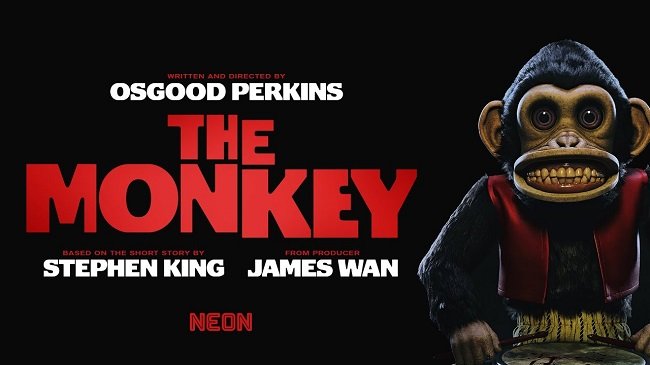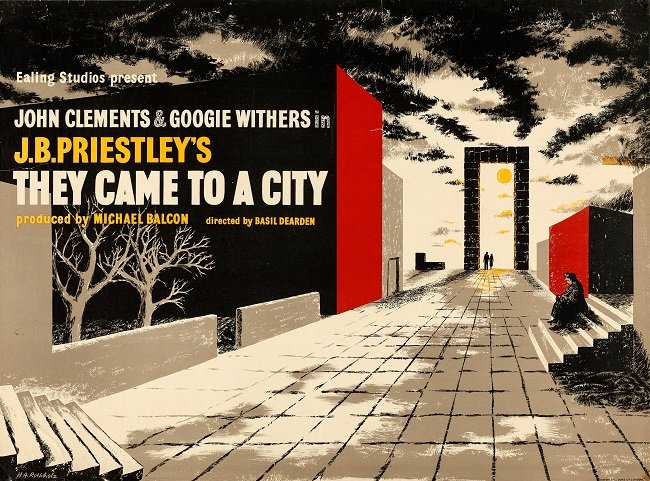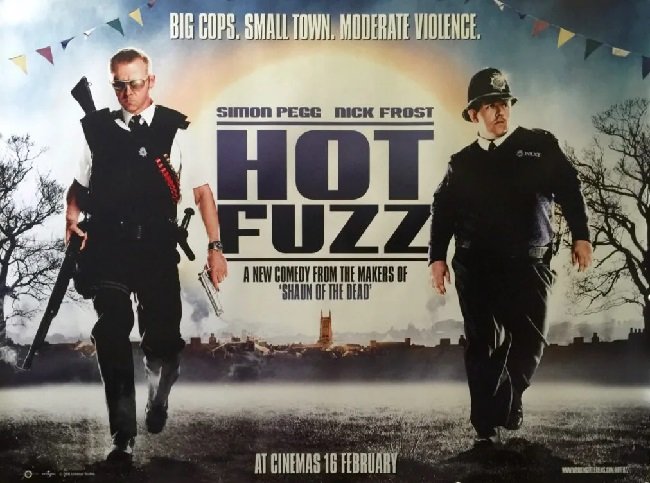The Tower of London (1939)
The Tower of London is an interesting film, in that it is clearly a historical drama but in spite of this, it was marketed as a horror movie. This is mainly due to the presence of Boris Karloff who plays a club footed executioner. Universal studios were keen to focus upon his role and ensured he featured prominently on the theatrical posters, wielding an axe in a menacing fashion. The film does feature several ghoulish scenes set in the dungeons beneath the Tower of London but essentially this is just a competent retelling of Shakespeare’s Richard III. However, rather than adapt the bards prose, this film offers a more of a historically accurate narrative, as Richard of Gloucester claims the throne of England in 1483 by eliminating all other heirs. The movie embellishes the political intrigue by having Richard remove a figurine from a dollhouse resembling the throne room, every time he kills an enemy.
The Tower of London is a well written and concise drama, which manages to expedite the historical plot without it feeling like a history lecture. Richard, Duke of Gloucester (Basil Rathbone) exudes both charm and malevolence as he plots and schemes. He is assisted by executioner and assassin Mord (Boris Karloff) who idolises his master and facilitates his plans. Vincent Price has a suitably unctuous role as Duke of Clarence. The drinking contest between him and Richard is a delightful scene, which Price and Rathbone mainly ad libbed. The production values are good and the sets have a sense of period atmosphere. There are some brief scenes set in the torture chamber and although far from graphic, they are quite bleak and psychologically quite cruel. However, it should be noted that this is very much a case of the 15th century as interpreted by a Hollywood studio. Even the depiction of squalor is oddly stylised and sanitised.
When Boris Karloff made Son of Frankenstein he signed a deal with Universal to make an additional two feature films. His role in The Tower of London was written specifically for him by screenwriter Robert N. Lee. Although the part is somewhat limited within the scope of the story, Karloff certainly demonstrates his acting skills. During a scene in which Richard, Duke of Gloucester orders the murder of the twin nephews, Karloff brings a subtle degree of hesitation to his performance. He briefly pauses outside the room and reflects upon what he has been charged to do. A brief pang of guilt passes his face before being replaced with grim resolve. Sadly, the role of Mord is not as prominent as the studio inferred. My late Father remembered seeing this film in the cinema when he was ten and recalled that many in the audience expect the film to be a pure horror movie. Apparently in the screening he saw, there were chants of “ we want Boris” as viewers became bored with all the historical intrigue.
As well as being a period costume drama, The Tower of London was also provided a degree of wartime propaganda. The film starts with an opening title card that strives to clearly draw a parallel between Duke of Gloucester’s rise to power and that of Hitler in Germany. Another interesting aspect of the production are the battle scenes. Despite using quite a lot of extras, bad weather destroyed a lot of the props and so a lot of the action were shot at close quarters, giving them a very intimate quality. John Boorman used the same technique forty years later in Excalibur. The director Rowland V. Lee was also keen to maintain a degree of authenticity with the production and wished to use period music. Sadly this was disputed by the studio and so a lot of stock music from previous Universal films were used. All things considered, The Tower of London is an entertaining historical drama that deserves a reappraisal. It certainly makes for an interesting alternative perspective on these events, rather than a traditional adaptation of Shakespeare’s Richard III.




























